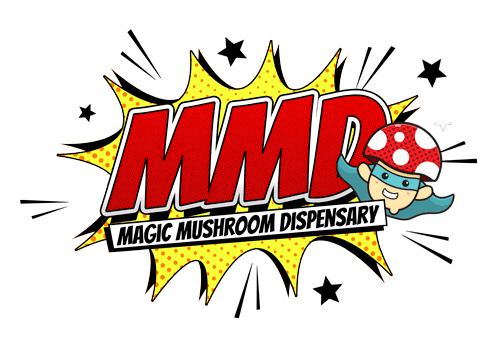Magic Mushrooms
Aztec Combo: The best of Magic mushrooms and Cacao
The history of Cacao is traced back to Southern Mexican culture, where Cacao was widely used. It was derived from the cacao tree, also known as Theobroma cacao. This tree produces cacao seeds, which are used to make chocolate, cacao butter, and liquor, to name a few products. Cacao seeds were considered divine by the Mayans and Aztecs, who referred to them as “food of the gods.”
Although some evidence in 2018 suggested that Cacao was first domesticated in equatorial South America about 5,000 years before the Mexicans discovered it in central America.
Since its discovery, the cacao seed has been held in high regard. Its consumption is aided by processing. Cacao has many derivatives that give rise to other products and is valuable in and of itself. These products are functional to human health.
On the other hand, Cacao processing entails drying and fermentation, and extraction is simple, yielding Cacao solid (the non-fat component of Cacao) and cacao butter (the fat substance of Cacao). They serve as the foundation for chocolates, Tejate (a traditional Mexican drink), beverages, and other confections.
Furthermore, chocolate means “bitter drink” in the Aztec language, which explains why the original chocolates are bitter-sweet because they are high in Cacao and contain few or no additives. However, times have changed, and chocolates are now manufactured with little Cacao and additives.
Chocolate is also known to have psychoactive properties. Cacao, in general, contains Theobromine and caffeine, both of which can be classified as psychoactive drugs due to their effects. And both of these will be present in chocolates, albeit in different forms.
Chocolates are also mixed with other substances. It is a combination of bitter beverages used in religious ceremonies. It’s also blended with Teonanacatl Mushroom. Mexicana Psilocybin blended well with chocolate to produce high mood psychedelic effects.

What Do Anandamide and Phenylethylamine Have to Do with it?
Humans naturally and abundantly produce these two substances, and they can also be found in Cacao. This connection creates a synergy that enhances their function in the human brain.
The pleasure centre of the brain, the nucleus accumbens, is known to be stimulated by phenylethylamine. It then elicits feelings of bizarre attraction. When Anandamide is released into the brain, it produces a euphoric feeling. The latter is also referred to as the “feel-good hormone.”
Cacao also contains enzymes that inhibit the breakdown of Anandamide, which is why raw Cacao is associated with feelings of well-being.
Cacao also contains Theobromine, which positively affects our mood and alertness while having fewer side effects than caffeine. It is, however, ten times more than caffeine in Cacao. Cacao does contain a trace of caffeine.
The Evidence Is Clear
Without a doubt, the Aztecs used Cacao for religious rituals a long time ago. They discovered how effective Cacao could be for ritual ceremonies and delved into its application to maximize its effectiveness. Cacao frequently appears in old text illustrations and engravings.
Cacao residue was discovered in ritual drinking vessels around 400 years ago. Because cacao seeds were valuable, they were used as currency. It has the potential to be used as a medium of exchange. Spanish explorers documented the cacao bean’s value and what it could buy.
Cacao ceremonial preparations used by the Aztecs included:
- Cacao beans are dried, roasted, and fermented.
- Cacao bean powder is made by grinding the cacao beans.
- Add water to the powered Cacao to make a paste.
- To the paste, add corn and chilli peppers.
- Pouring the mixture from a height between pots produced frothy foam.
These rituals were an essential part of their religious ceremonies, including marriage, death, and sacrifice.
Create a Cacao and Magic Mushroom Cocktail
Do you want to enjoy your next Cacao and Magic Mushroom? If yes, you need to follow the below discreetly.
Create the foundation:
- Cut your mushrooms or truffles into small cubes. The smaller the size, the better. More surface area translates to more infusion.
- Heat the water till it becomes hot.
- Pour the hot water over the magic mushrooms.
- Steep for 10 to 15 minutes, occasionally stirring.
- Pour into a cup.
Prepare the cacao slur:
- In a Ziploc bag, mash your Cacao into small pieces (30 to 50 beans per person)
- Sort the lighter skin from the heavier skin.
- Cacao chunks should be ground into a fine powder for 15 seconds at a time so as not to build up heat).
- Additional stone grinding is optional but appreciated.
- Stir together the mushroom tea and the cacao paste until well combined.
- You can sweeten it up if you want but stay away from anything refined.

